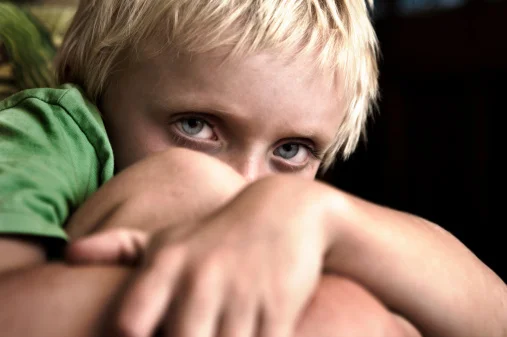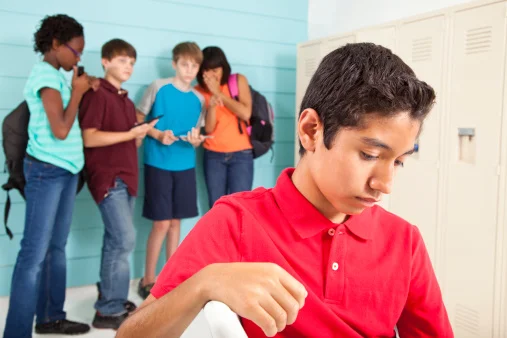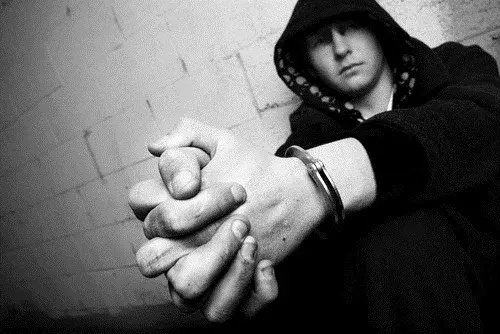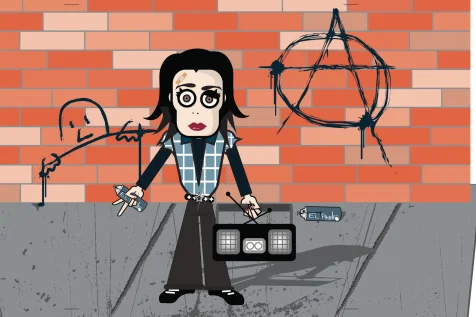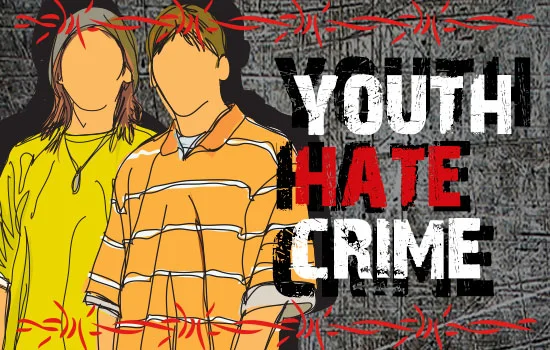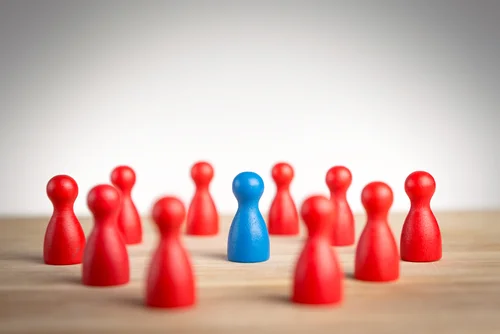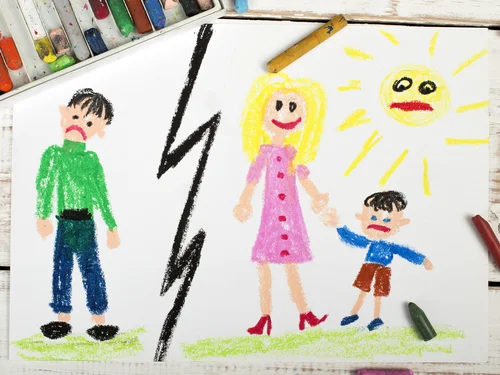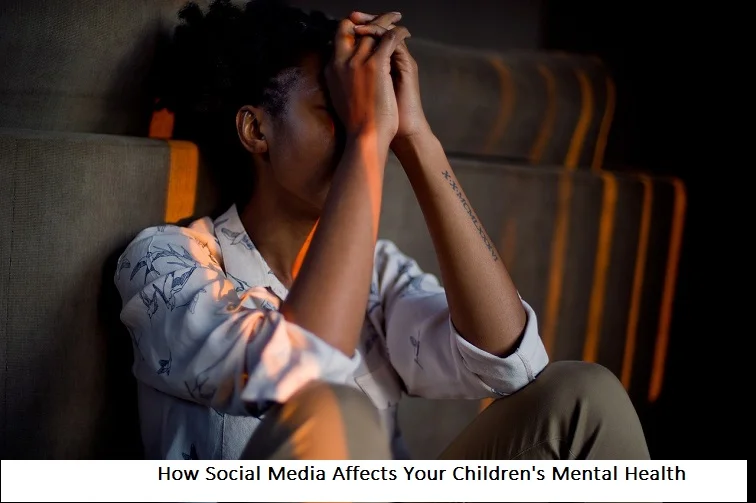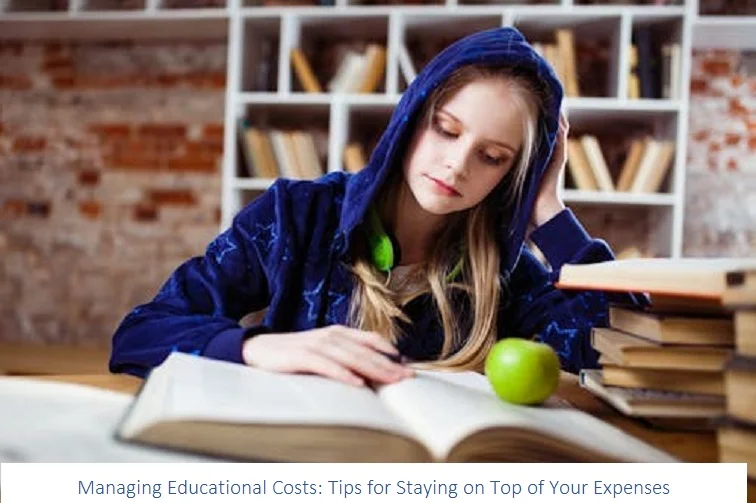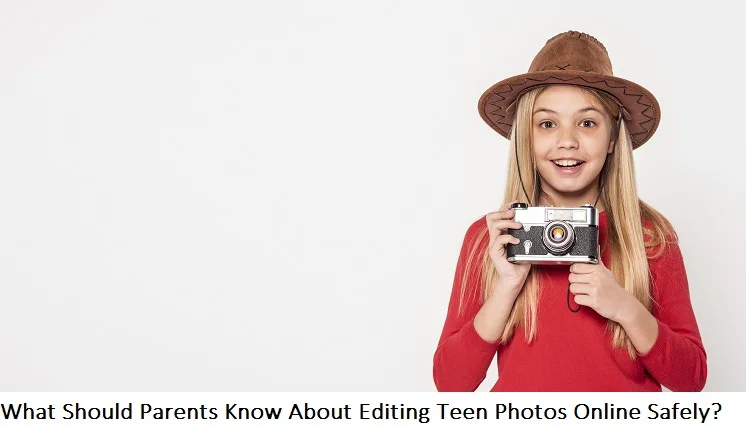+1 845 259 2974 (11 a.m to 7 p.m CST)
Reasons for increase in teen bullying in schools & how to control them
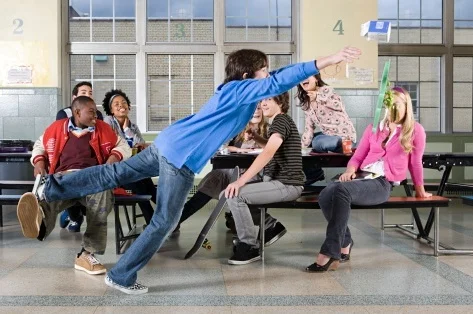
A new study suggests that individuals who have experienced bullying bear life-long scars. Their adulthood is often marred by memories of being intimidated while suffering from anxiety, suicidal thoughts, depression and low self-esteem. And bullying in high school is by far the most dangerous. Wounded emotionally in their teens, victims have a hard time overcoming the effects of bullying. High school bullying may start as child’s play but when one comes to analyze the root cause of such behavior and what the results are going to be, there is no denying that this supposed child’s play is much more than what meets the eye.
Winning, power and violence
Researchers often refer to the World Wrestling Federation as an example on how to showcase violence in a glorious manner. While this calls for an increase in domestic violence, most high school teens grow up perceiving bullying and violence as an acceptable way to get what they want. With winning, power and violence a vital part of the culture, it is inevitable that teens will be influenced by what is going on around them and try to achieve power through bullying.
Role of the school
A research by the University of Virginia reports that high school bullying is directly proportional to the number of drop-outs and these have increased in recent years. Whether a teen decides to bully their counterparts hugely depends on what standards the high school has for the treatment of its students. Grave preventive measures or a hefty punishment may curb bullying but often the school authorities tend to side step this issue and focus more on what they think are serious issues.
Notoriety vs. Fame
We're living in a society where negativity in one’s behavior gets more recognized and talked about than positivity. This might act as a trigger for bullying in high school. High school teens may take a leaf out of the book of situational comedies, reality-based shows and even real life situations where acting out often gets more attention than behaving in a civil manner. This might entice high school teens to get noticed by increasingly bullying their school fellows.
Home environment
An environment at home lacking warmth, positivity, and love, is more likely to produce a bully. As the child grows up being exposed to such an environment at home, their behavior at school suffers and their tendency to take out their frustration at their peers increases.
Another reason that is causing an increase in bullying at high school is a home environment where discipline and monitoring is not taken as an important issue. Teens usually take this relaxed attitude with them to their school and are more prone to bullying other students because of that.
Bully’s own history
Rejection or the failure to achieve satisfactory grades at school triggers feelings of low self-esteem and as a defense mechanism to such feelings.
Provocative behavior
High school going teens that show aggressive behavior or verbally abuse other students, and are not stopped by those in authority often tend to become victims of bullying themselves. Other students may decide to take matters in their own hands and ‘teach’ such teens a lesson by bullying them.
How to put a stop to it?
As charity begins at home, bullying does, too. High school bullies often to back to homes where physical violence is a part of their daily lives. They often see and are taught that physically abusing someone is a way to handle problematic situations and to ‘get their way’. The life of a bully tends to lack parental involvement and control while warmth and love in relationships is also an alien phenomena.
Bullying at the high school level can be put to a stop to with parental intervention and effective discipline; but this is a problem which cannot be controlled by the parents only. At some point, it becomes necessary for the school authorities to get involved and take a strict notice of bullying taking place at their premises.
How can you counter bullying?
- An increase in bullying at high school should be detected by the authorities by handing out questionnaires and running surveys. Students, as well as teachers, can talk about the problems they, or anyone they know, is facing.
- When signs of bullying are detected, the school authorities often go for usual methods like counseling the bully and the victim. While this also works, a more effective way is to get parents of both parties involved and asks for their help in this matter.
- In classrooms, there is a chance that the teacher is being bullied as well. This would call for a higher authority to discuss the act and its consequences while comparing bullying to model behavior.
- Rules and punishments that involve bullying on school premises should be clearly defined. Preventive measures that curb bullying should be taken so that the school maintains a set standard of how students and teachers are to be treated.
Bullying is a multifaceted relationship between the teen, the school and parents. Victims often suffer from an inability to learn at school. They should be taught how to reach a trusted adult at school or home, so that a stop can be put to bullying. Bullies should be taught empathy for other students.


